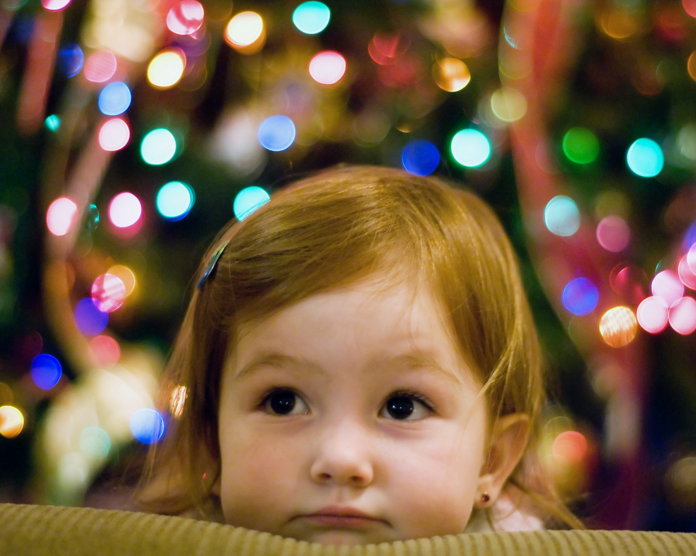
LOS ANGELES – In the latest Pixar release, “The Good Dinosaur,” little Arlo’s dad is dramatically washed away by a raging river.
And Arlo isn’t the only animated hero to lose a family member in the film’s first act.
The protagonist in last year’s “Big Hero 6” loses his brother in an explosion. Then, there’s Nemo, whose mom is eaten by a barracuda in the opening minutes of “Finding Nemo.”
In “Frozen,” Anna and Elsa’s parents are lost at sea. And, who can forget the heartbreak of “Bambi,” when a shotgun blast kills the little deer’s mother.
There’s a lot of death in animated movies for kids. In fact, research has found that main characters in these films are more than twice as likely to suffer traumatic death than in dramas aimed at adults.
What’s a parent to do?
It’s not that cartoons are trying to scare young viewers. Death of a parent is often used as a dramatic device to focus on the young protagonist, says University of Ottawa professor Ian Colman, who conducted a study on the subject published last year in the British Medical Journal.
“Who deals with kids’ problems? Parents do,” Colman said. “If you want to make it a really compelling story, you’ve got to get the parents out of the picture so kids can go through this process themselves. One way to do that is to kill them off.”
But when parents or older siblings die onscreen, younger viewers fare best when real grown-ups are there to talk about it.
Children generally don’t understand the permanence and inevitability of death until they reach elementary-school age, said youth bereavement expert Dr. David Schonfeld, and popular movies often do little to depict realistic ways of dealing with grief.
“We just model the distress,” said Schonfeld, director of USC’s National Center for School Crisis and Bereavement. “We leave the character in that distress, and then the resolution is: Grow up and have your own cub. That really isn’t how we grieve.”
“Unfortunately, there are not a lot of animated films that show how we can help kids deal with loss. It becomes more of a vehicle to draw them in,” he continued. “We could do a better job with trying to match children’s understanding with what’s in the film.”
Colman was inspired to launch his research after watching “The Land Before Time” with his 4-year-old daughter.
“The mother of the main character gets really brutally attacked and killed by a T-Rex in the first five minutes of the film,” he said. “My daughter was hysterical and begging me to stop the film.”
Coleman and his research team compared the top-grossing animated films from 1937’s “Snow White” to 2013’s “Frozen” with top live-action dramas from the same years and found that murder or death of important characters happened sooner and more often in the animated movies.
“It’s a good opportunity to talk about death and have a difficult conversation,” Colman said. “Sometimes we do need to be prodded a bit to have hard conversations.”
Children as young as 2 can begin to understand the finality of death, Schonfeld said.
“Kids in this age group are trying to learn concepts of death. They’re drawn to it because it’s important,” he said. “I wouldn’t want children’s stories and movies to eliminate themes of death, because then they have very little opportunity to talk about it.”
The filmmakers behind “The Good Dinosaur” declined to be interviewed for this story. But the creative director of Pixar’s “Cars” franchise said his team was forced to confront death onscreen when Paul Newman, who voiced series character Doc Hudson, died.
“We’ve never talked about how a car dies or is born,” Jay Ward said. “The beauty of Pixar is that we tell different stories different ways, and sometimes loss is an important part of the story… For kids, that may be hard for them to grasp. It’s a human emotion. It’s a real thing. It does happen to everybody at some point.”
Susanna Fogel, writer and producer of the young-adult series “Chasing Life,” said artists should be bold when it comes to depicting the range of emotions around death and dying.
“People avoid it because they worry about what it means politically or is this too depressing,” she said. “But there’s something about not getting a straight answer and having euphemisms in place of honesty that is more terrifying.”
“There’s no avoiding these issues in life,” she added, “and the earlier we can address them in a thoughtful, sensitive way in entertainment, the earlier people can have the conversations they need to have with their support system.”